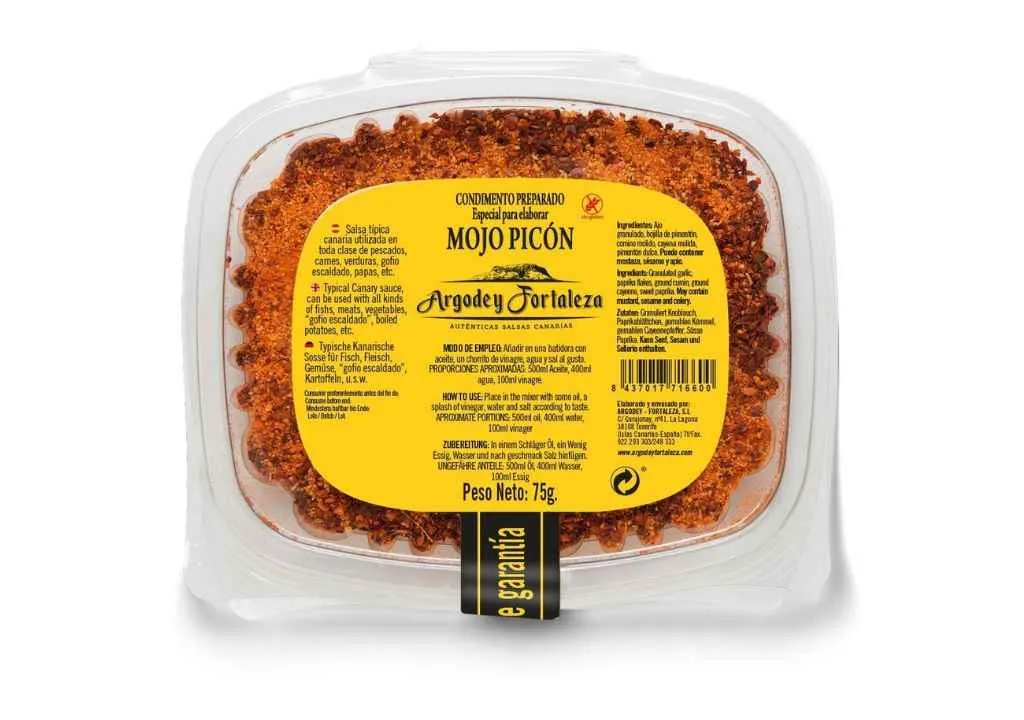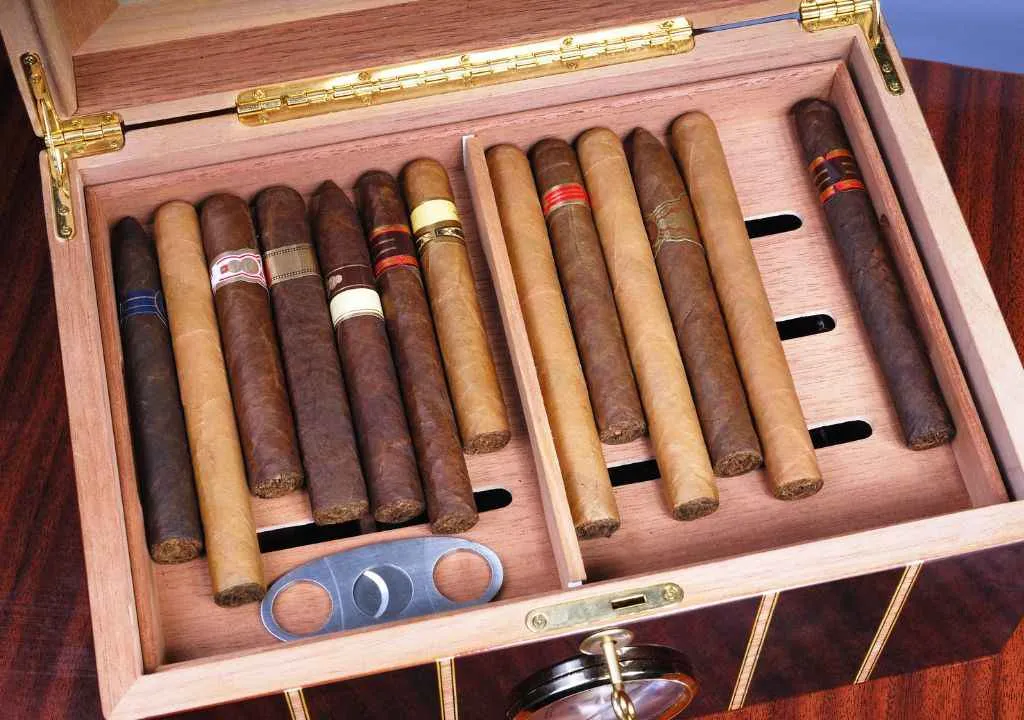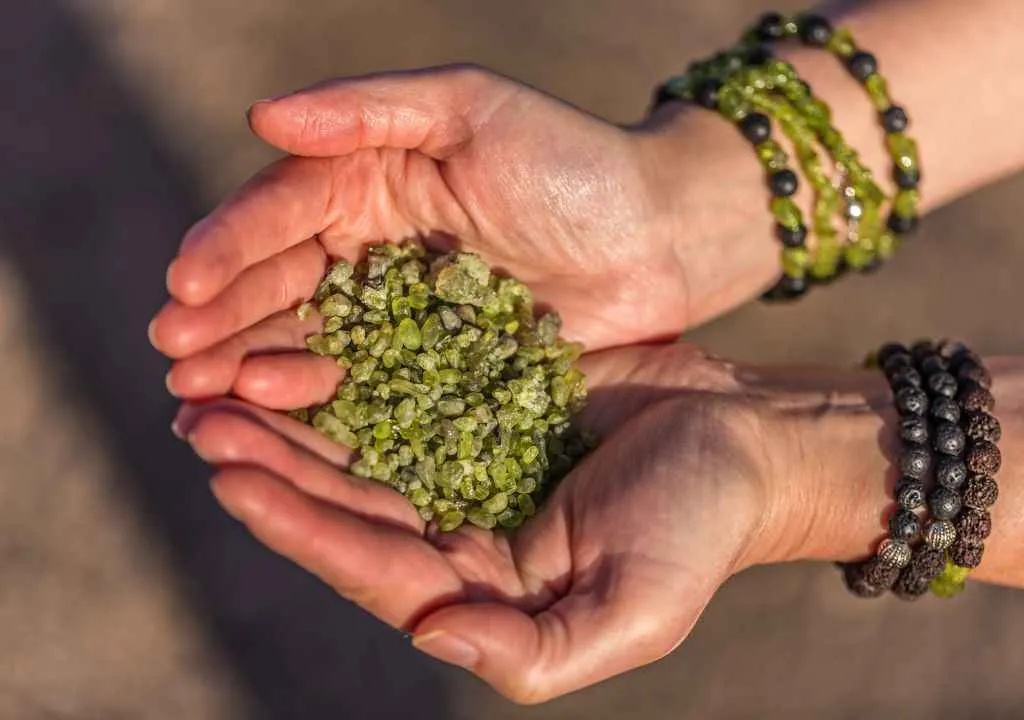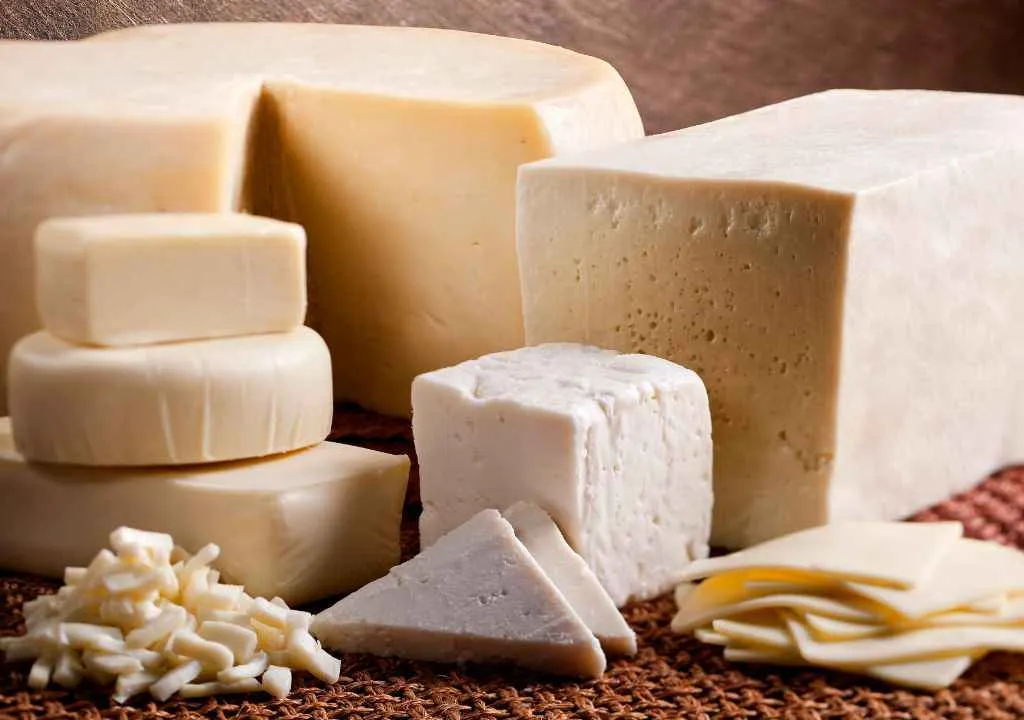The Canarian mojo is much more than just a sauce: it is part of the identity of the Canary Islands and an essential accompaniment on any Palmero table. Its origins date back to the arrival of spices from Africa and the Americas, which made the Canary Islands the gateway of new flavors into Europe. Today, mojo is one of the most beloved tastes of island cuisine, and a perfect souvenir to take home.
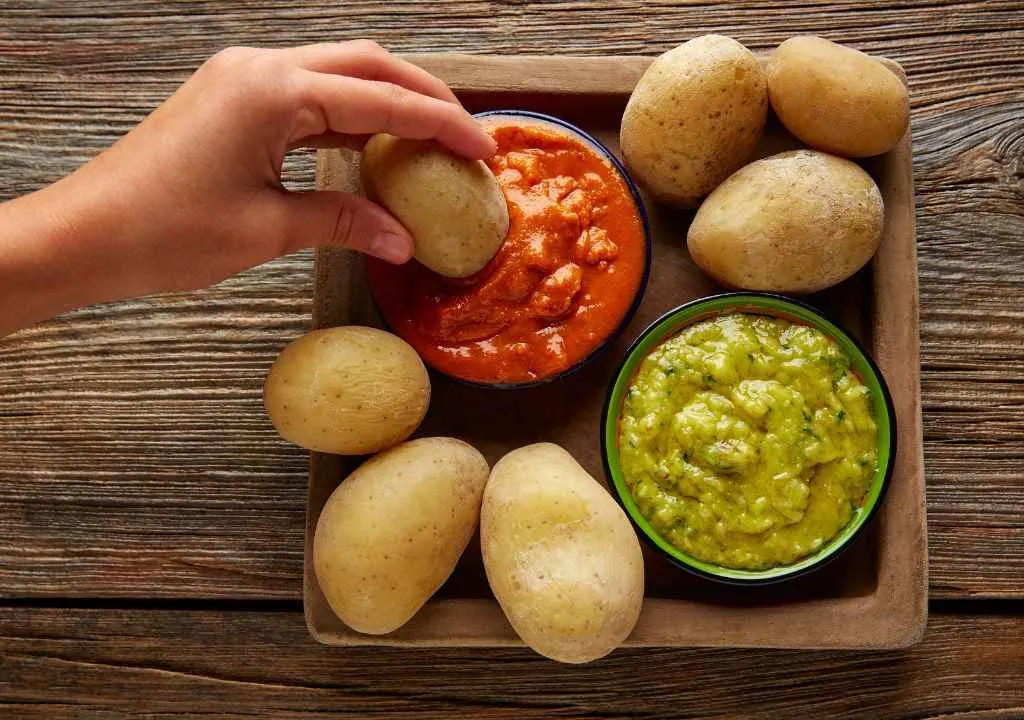
Reasons to choose mojo as a souvenir
- Canarian symbol: there is no island cuisine without mojo.
- Variety of flavors: red, green, and many homemade versions.
- Artisanal product: made by small local producers.
- Easy to carry: sold in vacuum-sealed jars.
- Gastronomic souvenir: perfect to recreate at home typical recipes like papas arrugadas or queso asado.
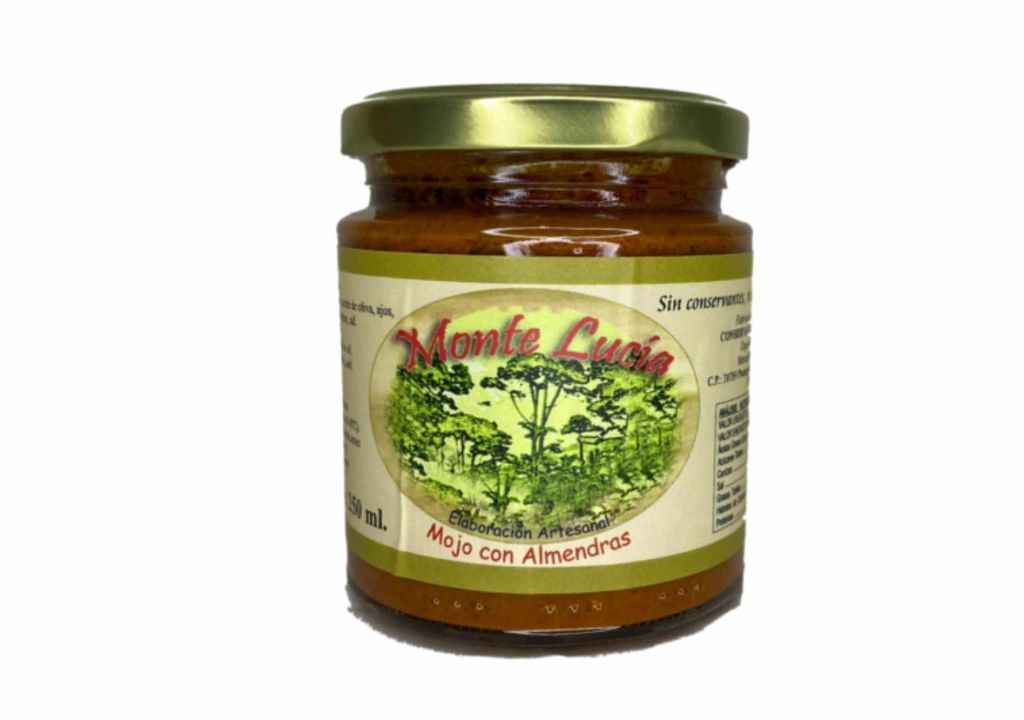
What is mojo?
Mojo is a traditional Canarian sauce made with a simple base of oil, vinegar, and garlic, to which spices and herbs are added for character. Its name comes from the Portuguese molho, meaning “sauce.” Over time, mojo has incorporated influences from both Guanche cuisine and Venezuelan gastronomy, a result of Canarian emigration.
Types of mojo
- Mojo rojo (or mojo picón)
Also known as mojo palmero, it is made with oil, vinegar, and the red Palmero pepper, a dried chili cultivated on the island, especially in Breña Baja. Its taste is intense and slightly spicy. It pairs wonderfully with meats such as rabbit, goat, pork, or chicken, as well as with papas arrugadas, cheeses, and gofio.
- Mojo verde
Milder and fresher, it is prepared with coriander or parsley instead of red pepper. Some recipes also add cumin or green peppers. This mojo is ideal to accompany fish, seafood, and grilled limpets.
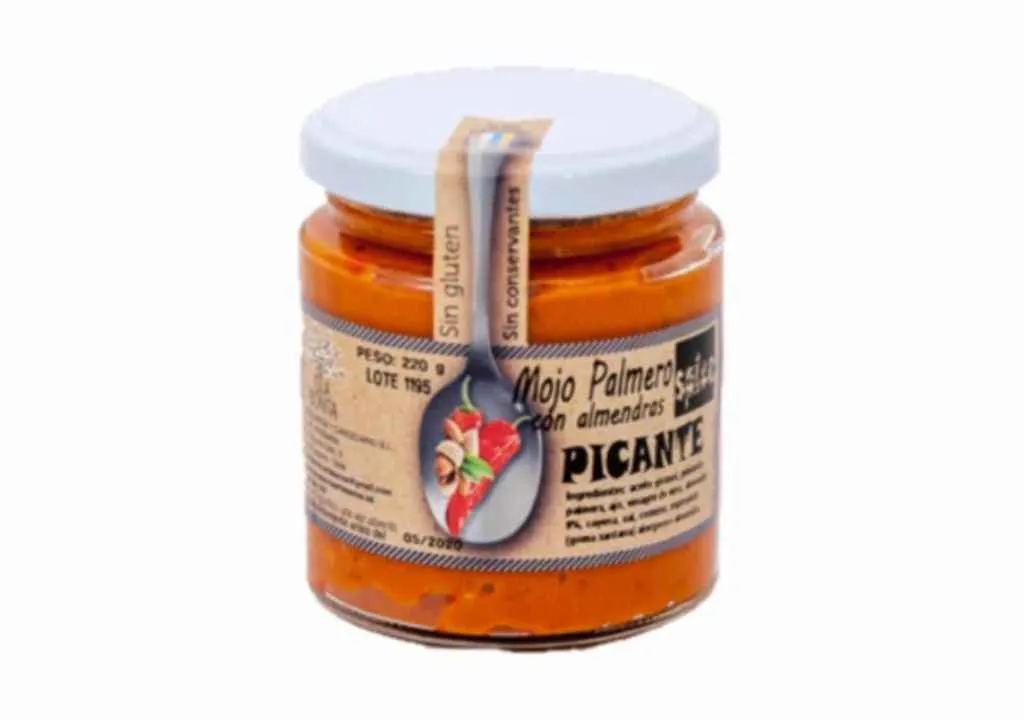
Where to buy mojo in La Palma
- Municipal markets and food fairs.
- Shops with typical products and souvenir stores.
- Local supermarkets with gourmet sections.
- Directly from small artisanal producers making homemade mojos.
Practical tips
- If you have weight or space restrictions in your luggage, you can buy mojo in powder form, with all the ingredients ready to prepare it easily at home.
- To enjoy it at its best, try it with papas arrugadas, the most representative dish of the Canary Islands.
- Mojo is a perfect gift for food lovers, allowing them to recreate authentic Canarian recipes at home.
